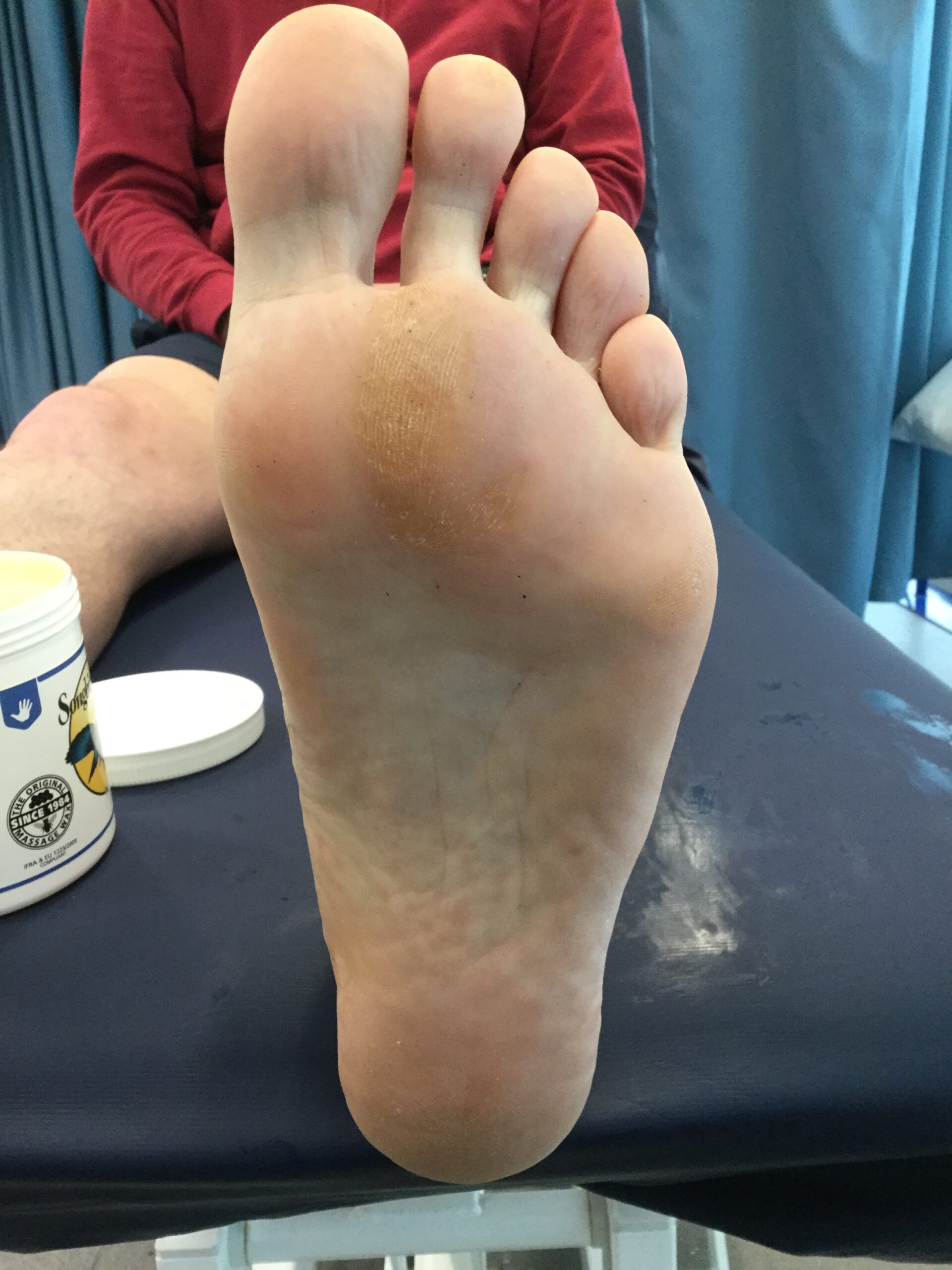Although Kenya or Ethiopia may still dominate the long-distance running world, Japan is doing something right. Only 11 American men have ever finished the Tokyo Marathon in under two hours, but nine Japanese men did it last month. A recent study hypothesized that the forefoot bones of these exceptional runners may be what unites them (Ueno 2018).
In order to assess the lengths of the forefoot bones—specifically, the metatarsals and phalanges of the subjects’ right feet—researchers at Ritsumeikan University in Japan recruited 45 endurance runners who had completed training and 45 untrained individuals.
The forefoot bones of the endurance runners were compared to those of the untrained group after normalising those measurements using the length of the entire foot (because a person with a longer foot likely has correspondingly longer forefoot bones).
They discovered that the forefoot bones of the big and second toes of endurance runners were longer than those of their untrained counterparts (by about 1% and 0.5%). This finding is consistent with the researchers’ earlier findings when they compared the forefoot bones of sprinters and non-sprinters.
In both studies, it was discovered that longer forefoot bones among trained runners were correlated with faster running speeds. However, in this area, the results of the studies varied: endurance runners who reported faster 5K times had longer big toe forefoot bones, whereas sprinters who reported faster 100 metre times had longer second toe forefoot bones.
Dr. Ethan Ciment, a sports medicine podiatrist at Chelsea Foot and Ankle in New York City, says the discovery that runners had longer forefoot bones is not surprising. He typically notices that his running customers, especially sprinters, are taller and lankier than his other clients.The physical makeup of the body and running speed have been linked in a number of studies.
The same Japanese research team discovered that runners with longer Achilles tendons had superior running economy (i.e., required less energy to maintain the same speed). Robert Trivers’ research, meantime, revealed that Jamaican youngsters with more symmetrical knees grow up to be superior adult sprinters.
What do these results represent for the typical runner, however interesting they may be?
For some physical characteristics, running is a little bit simpler, according to Ciment. “This is not unexpected. Basketball players that are born taller on average perform better. Although you are physiologically constrained by the bones you have, knowing this information about yourself doesn’t necessarily provide you much power.
Running can’t actually lengthen your bones, according to Ciment, who argued that this was unproven. He continued by dispelling the myth that exercising makes your feet grow larger. “As we age, the ligaments that keep the joints and bones of our feet together experience some ‘stretch,’ which contributes to the splaying of our feet. Therefore, it’s probable that an individual’s splaying process will be hastened and will have a stronger impact if they engage in more high-impact activities like running.
Even if the results of this study are fascinating, they cannot change the length of your bones or influence how you should behave. Don’t panic, though; other, more general criteria that you may influence, including weight, foot strength and general health, are much more predictive of your capacity for fast running.
Ueno H, Suga T, Takao K, Tanaka T, Misaki J, Miyake Y, Nagano A, Isaka T. Relationship between Achilles tendon length and running performance in well-trained male endurance runners. Scand J Med Sci Sports 2018; 28: 446-451
Hatala KG, Dingwall HL, Wunderlich RE, Richmond BG. Variation in foot strike patterns during running among habitually barefoot populations. PLos One 2013; 8: e52548
